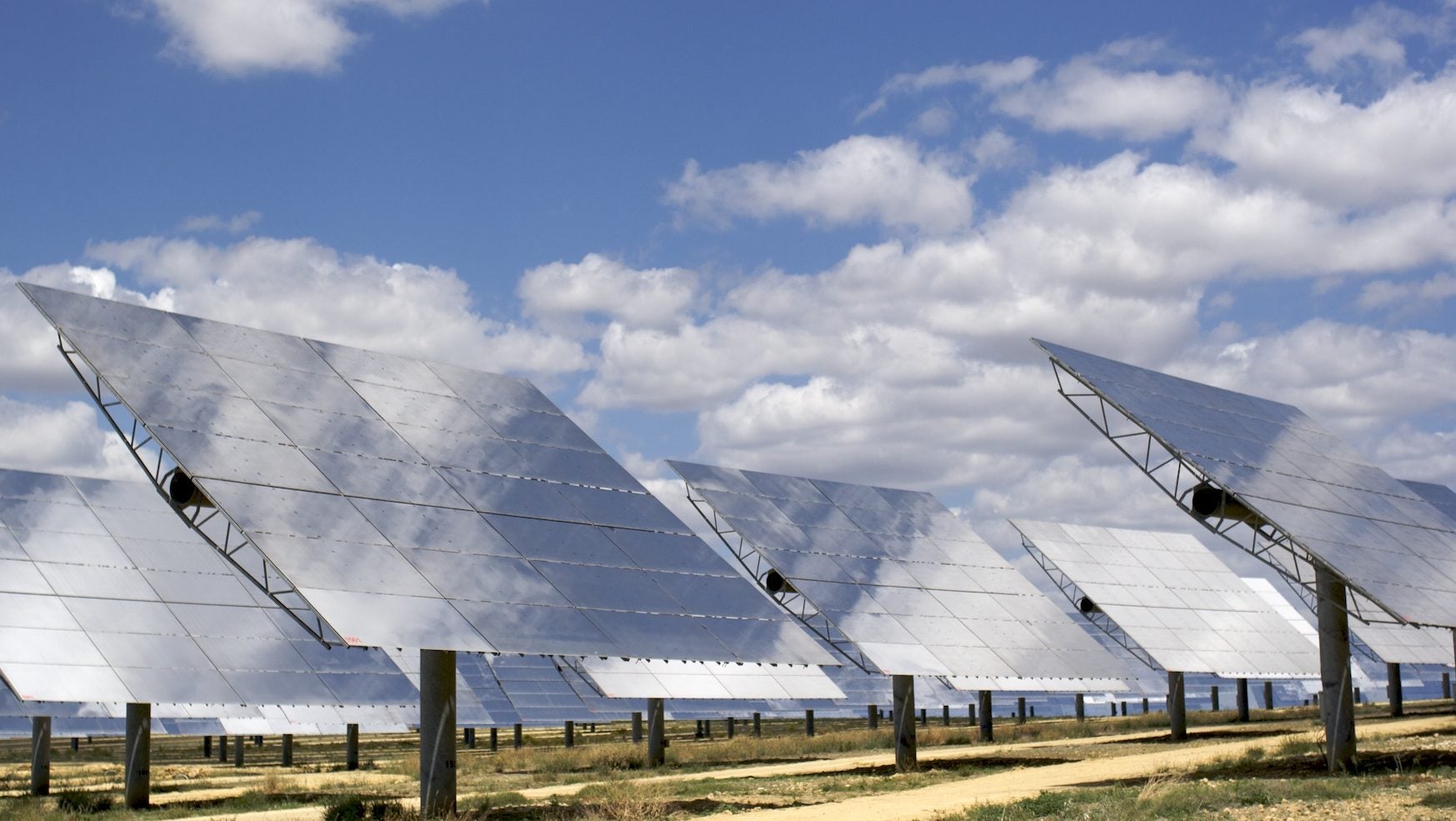Apple wants to sell you green power to go with that iPhone
Apple asked the Federal Energy Regulatory Commission on Monday (June 6) for permission to sell its surplus renewable energy at retail prices. Its move into energy markets seems to be one more step for the company to own, and ultimately profit, from its own power supply.


Apple asked the Federal Energy Regulatory Commission on Monday (June 6) for permission to sell its surplus renewable energy at retail prices. Its move into energy markets seems to be one more step for the company to own, and ultimately profit, from its own power supply.
Apple floated a $1.5 billion green bond in Feb. 2016 to finance a raft of new environmental projects, including a massive expansion of its renewable energy assets. The company aims to run on 100% renewable energy in the coming years, and it has embarked on a spending spree to make that happen, by building its own crop of renewable power plants and purchasing clean power from others. That’s likely just a taste of what’s to come. The company says (pdf) it will help install new plants generating 4 gigawatts of new clean energy worldwide by 2020.
Apple is probably not repositioning itself as a utility. It’s more likely the company is trying to offload unused energy at favorable prices. All that power has to go somewhere as generation from hydroelectric, solar, wind and other renewable sources may not match electricity demand.
Typically, US companies must sell any excess power to utilities at wholesale rates. Apple asked FERC to grant it an exemption to sell directly to end users at retail prices according to the filings first reported by 9to5 Mac. Apple argues that, because its contribution to electricity markets is too small to affect prices, it should be exempted from the wholesale requirement. The company has already formed an affiliate, Apple Energy, in anticipation of selling the power to several regions in the US.
In January, the company reported (pdf) that 93% of the electricity consumed in its facilities worldwide came from a renewable power source. It has achieved 100% renewable energy in 23 countries including China and the United States, as well as its data centers.
The image above was taken by alex lang and shared under a Creative Commons license on Flickr.